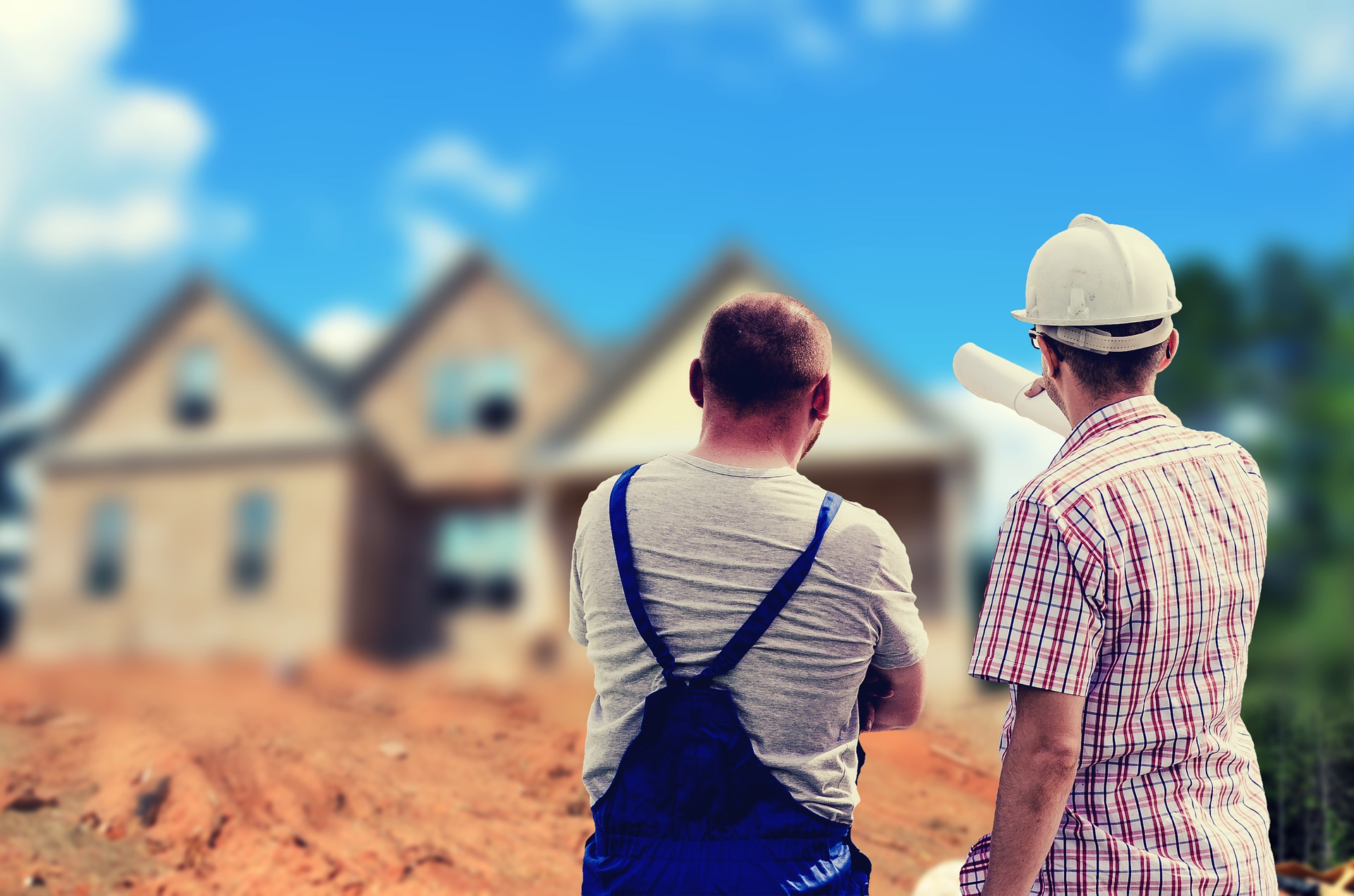Many aspire to become owner builders, mainly because of the freedom it brings regarding construction on domestic property. Owner builders assume responsibility in this aspect, rather than having an outsourced construction company doing most of the heavy lifting.
Becoming an owner builder is no easy feat however, and requires many steps to take to reach certification. For instance, an owner builder course is the most sure way of advancing through these steps, as it provides the necessary frameworks to be able to perform your own construction on land. This blog serves as a guide to aspiring owner builders, providing knowledge and suggested pathways to make the journey easier.
What is an owner builder course?
An owner builder course is a course of compliance that essentially gives you an owner builder’s license. When the license is obtained, you are allowed to take responsibility for construction on your domestic land.
An owner builder course covers many topics. For instance, legal aspects are featured heavily throughout, such as knowing the classifications of an owner builder, what work you can and cannot do etc. Being aware of rights and rules is important to becoming an owner builder.
As with all construction courses, practical content is also covered. An owner builder frequents contact with people such as surveyors who ensure quality assurance, as well as delegated authorities like plumbers and electricians.
At the end of an owner builder course comes an eLearning Assessment, which seeks to confirm the knowledge acquired from the course. This will be further discussed later in the guide.
Prove your eligibility
The crucial part of an owner builder course comes before the actual content; demonstrating that you are eligible for a Certificate of Consent. Section 25E of The Building Act 1993 (which can be accessed from the Victorian Building Authority’s website (https://www.vba.vic.gov.au/) provides stipulations that reflect eligibility such as being the owner of the land or intending to reside on the property. Fulfilling these requirements makes the task of becoming an owner builder all the more straightforward.
Knowing the length of the course
Understanding how long an owner builder course can take will alleviate burdens and help you to strategize how to best maximise your learning. For a simplification, different institutions vary in their approach to courses and the amount of content covered over a certain span of time. Some may last for a few days at most, while others could go on for 2 to 4 weeks or months.
For instance, a Certificate IV of Building and Construction is a common course undertaken, as it provides most, if not all of the necessary information regarding owner building, and usually lasts anywhere from 30-40 weeks depending on the institution.
Shorter courses might be considered if time is of significant importance, however it is important to note that many short courses are abbreviated and hence lack accreditation, which means that you would not receive a statement of attainment upon completion.
Time is certainly an asset, however preparedness and understanding of content is equally as important.

Knowing the costs of the course
Money is just as key as time, as both go hand in hand when evaluating owner builder courses. Money is a finite resource, and should be of consideration in this sense. Understanding how much money to spend, however, is not simple. Generally, it depends on the courses that are at hand, as well as options and eligibility in those areas.
Going back to the example of the Certificate IV of Building and Construction, simply doing this course depends on the student with regards to funding. Costs depend on whether you are eligible for a government-fund place or not.
Just having funding enormously reduces administrative costs to figures like $150 to 350, with variances in institutions. Although, if funding is not acquired, those costs dramatically rise to figures anywhere from $4,000 to $10,000. As such, the factors that go into determining eligibility generally include things like whether you are a citizen or permanent resident, or if you possess a qualification lower than the Certificate IV level.
Instead of studying a full course like a Certificate IV of Building and Construction, one might choose to study only a portion of that course to significantly minimise costs. This could be in the form of completing the minimum units determined as satisfactory to becoming an owner builder.
Completing the eLearning assessment
To officially complete studies, you will need to undertake an eLearning assessment after finishing an owner builder course. The assessment ensures you have adequately understood the content of the course and how to progress further in the form of actually performing owner builder-related construction. The eLearning assessment is administered by the Victorian Building Authority (VBA), who are the regulators of building activities in Victoria. Successful completion of the assessment will result in receiving a Certificate of Completion code needed to fill out the owner builder certificate of consent application form.
Undertaking an owner builder course is a process, and thus it is important to know the factors that influence this process such as time, money etc. Becoming an owner builder through knowing which steps to go through as well as decisions that need to be made will ensure you are well equipped and can eventually build on your domestic property.
Parker Brent offers courses which can help you obtain a Builder’s License. For more information head to https://www.parkerbrent.com.au/courses/ and get started today.
